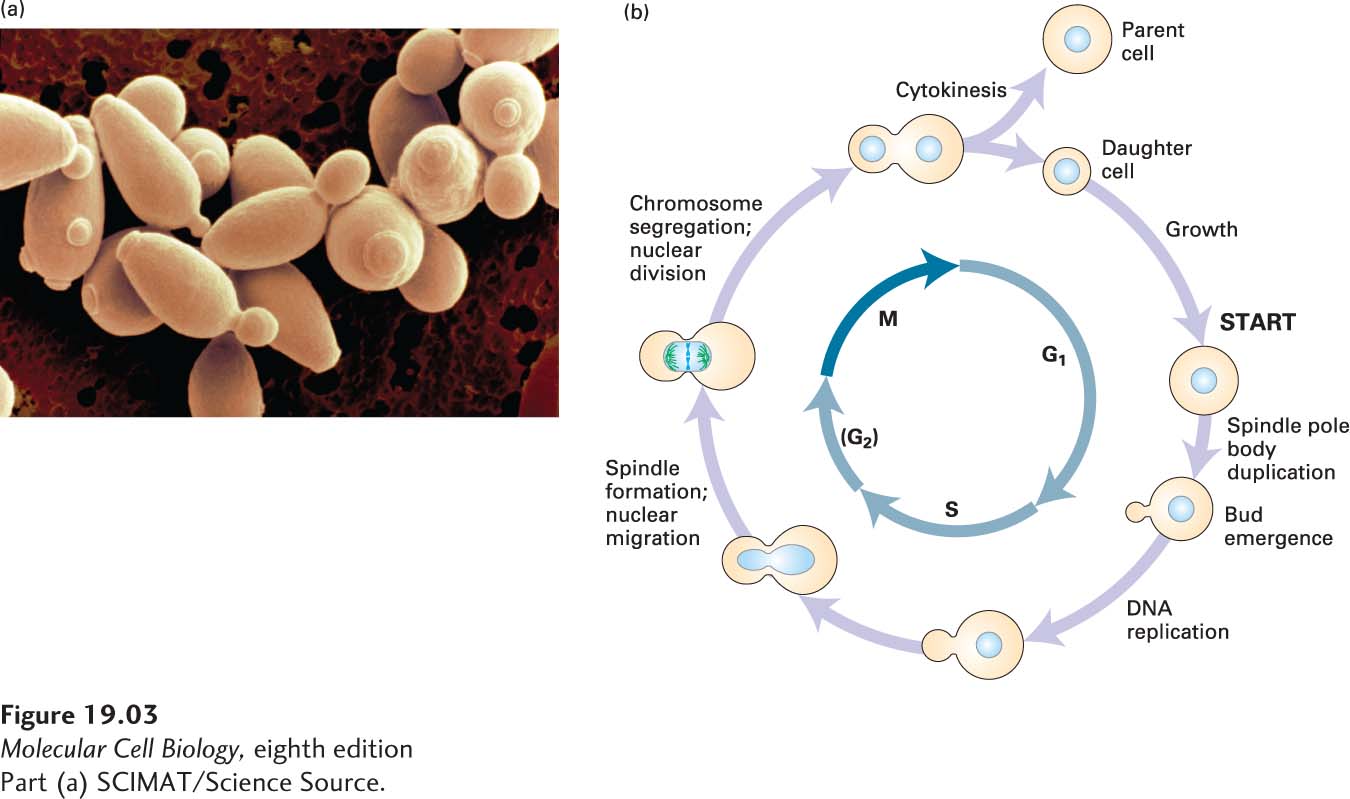
FIGURE 19-
[Part (a) SCIMAT/Science Source.]